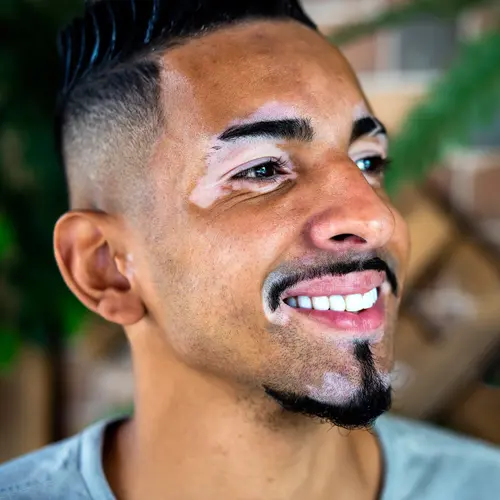Intertrigo is a fancy name for a rash that shows up between the folds of skin. It is a very common skin rash that can crop up throughout life.
The most common areas affected include larger skin-fold areas such as:
Symptoms of Intertrigo
What does intertrigo look like? It may cause:
- Red or reddish-brown rash
- Raw, itchy, or oozing skin
- Foul odor
- Cracked or crusty skin
Intertrigo may appear in any skin folds that rub together and trap moisture. In infants, intertrigo often shows up as diaper rash.
Intertrigo can occur:
- Between toes and fingers
- In armpits
- In the inner thighs
- In the groin and at the scrotum
- On the underside of your breasts or belly
- In the crease of your neck
- Between the buttocks
If you have any symptoms of intertrigo, be sure to see your doctor. Your doctor can check for the presence of infection as well.
Causes of Intertrigo
Intertrigo is an inflammatory skin condition that can be caused and worsened by many factors. These include:
- Moisture
- Heat
- Lack of air circulation
- Friction between skin folds
Sweat, urine, and feces can contribute to the skin problem.
Intertrigo is often accompanied by an infection caused by:
- Yeast
- Other types of fungus
- Bacteria
You are more likely to get these infections in skin folds because these are areas that are warm and tend to stay moist. This creates a welcome environment for the growth of germs.
Risk Factors for Intertrigo
You are more likely to develop intertrigo if you:
- Are obese
- Have diabetes
- Have a splint, brace, or artificial limb
- Are exposed to high heat and humidity
Other possible risk factors include:
- Incontinence
- Excessive sweating
- Poor hygiene
- Malnutrition
- A suppressed immune system due to chemotherapy or HIV
Infants -- with their chubbiness, shorter necks, and flexed posture -- are also at greater risk for intertrigo.
Certain skin diseases such as psoriasis may also prompt the development of intertrigo. So it's a good idea to have a dermatologist check it out.
Prevention and Treatment of Intertrigo
If you or your child has intertrigo, your doctor may suggest simply keeping the affected area dry and exposed to the air. You may control oozing with moist compresses of an astringent called Burow's solution. Then air-dry with a hair dryer set on "cool."
A barrier cream may be recommended to help protect your skin from irritants.
To treat intertrigo, your doctor may recommend short-term use of a topical steroid to reduce inflammation in the area. If the area is also infected, your doctor may prescribe an antifungal or antibiotic cream or ointment. Sometimes you need an oral medication.
Some simple steps may help lower your risk in the future, such as:
- Shower and dry off thoroughly each day. Keep your skin as dry and cool as you can.
- Avoid wearing tight shoes or clothing.
- Wear a bra with good support.
- If the areas between the toes are affected, consider wearing open-toed shoes.
- For infants with diaper rash, change diapers more frequently.
- If you are overweight, do what you can to lose weight.

